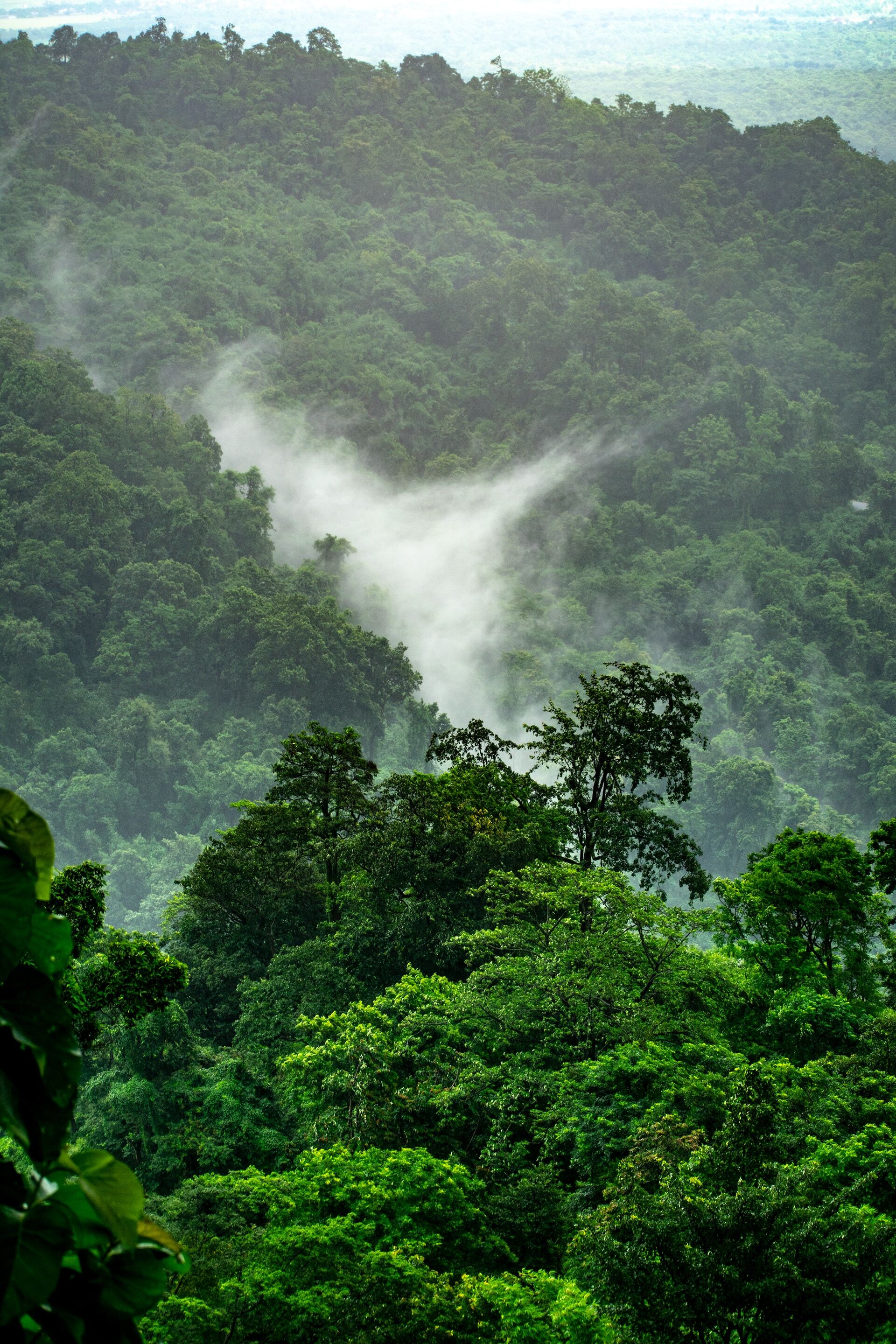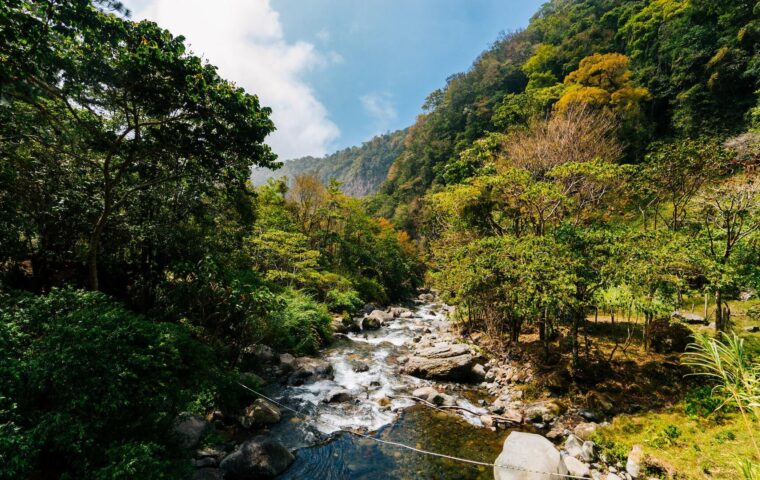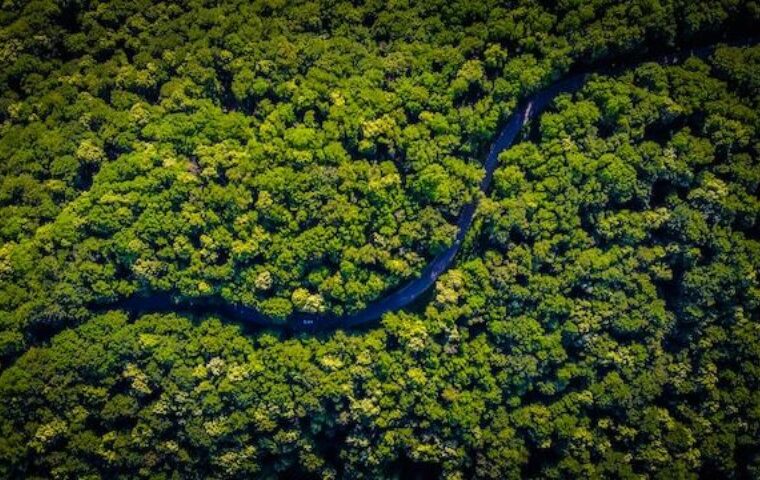Reforestation Project, Uruguay
Uruguay
Reforestation Project, Uruguay
The project area is a large piece of land that covers 18,191 hectares. For a long time, beef cattle have been grazing on this land, which has caused problems like soil erosion and damage to the land. Since the start of the project in 2006, trees have been planted to obtain pulp and wood and to help remove carbon dioxide from the air.
The forests in the project area are made up mostly of Eucalyptus grandis trees and some Pinus taeda trees. These trees are grown for a certain number of years and then cut down for wood. This is done on land where cattle used to graze. The project won't make the cattle leave the area.
Main goals
The projects contains three main goals:
Wood production
Fixing the damaged land
Capturing carbon dioxide by planting trees
The tree planting will be finished by the seventh year of the project, and new trees will be planted after the old ones are cut down. The project will last for 100 years. All the practices used in the project will follow the PEFC standard, which is a way of making sure the forests are managed sustainably.

The project covers a total of 18,988 hectares of land in Uruguay. Please consult the documentation at the bottom of the page for a clear overview of all areas.
How is afforestation helping combat climate change?
Trees extract carbon dioxide from the air through photosynthesis. In summary, trees can convert carbon dioxide into glucose and release oxygen as a byproduct. Read more about this process and how trees contribute to climate change in our knowledgebase.
It has been calculated for this project that it will remove a total amount of 5,601,938tCO2 in a period of 100 years. This means an average of 56,019tCO2 per year.
Verified Carbon Standard
This project has successfully met the requirements of the Verified Carbon Standard (VCS), a certification system managed by the Verra organization.
Verra plays an important role in encouraging actions that address climate change and promote sustainable development. They attract significant investments towards projects that reduce emissions, improve people's lives, and protect the environment.
Verra’s standards are well-respected and widely adopted in voluntary and compliance markets because they provide credible and transparent assessments of how well projects are performing in terms of being environmentally friendly.

Social benefits
The forest project is not only committed to combating climate change, but also contributes to social benefits. It creates new employment opportunities, since approximately 260 new jobs are created during the agrarian phase. This helps in eradicating rural poverty in the area and stimulating social capital and quality of life. Employees of the project are supported in their personal and professional growth.

Documentation
Read more about this project in the official documentation:

Other projects


